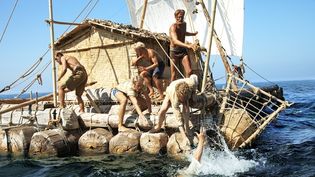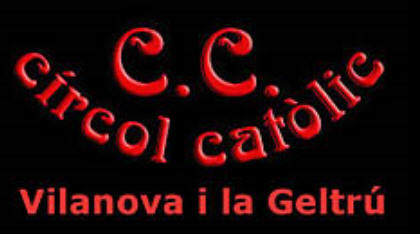News
Kon-Tiki, A Contemporary Odyssey
Media:

In Norse and Germanic mythology Thor was the god of thunder, a leadership quality that also affected other aspects of life such as harvests, climate, justice ... Because of that, Thor was the most venerated god in that society.
Thor was also the name that his parents gave to Thor Heyerdahl, Norwegian explorer and adventurer, who crossed the Pacific in 1950 on a raft of trunks. He left the Port of Callao in Peru and arrived to Polynesia after a 8000 miles journey and 100 days of risky navigation. Its aim was to prove that the Incas had been able to do this same trip carried away by the wind and that they had been the first people who populated the Polinesian islands instead of Asian people.
The film, nominated for an Oscar for The Best Foreign Language Film this current year, inspires in this man who was a model of tenacity, courage and confidence in his projects. In 1950, Thor Heyerdahl himself directed a documentary about his feat, which won an Oscar.
The first part of the film introduces us the protagonist and show all the obstacles and unfavorable criticism that he has to face before finding someone who believes his project is viable. The best and most exciting images of the film come when the crew gets to the sea. Then we see how the sharks attack the boat or how photography finds pleasure in the different nuances of light at the different day times. It gives the story balance between the scenes that bring tension and aggressiveness with those which convey serenity and calm.
However, the film does not make the most of the extreme human relationships the protagonists are subjected to, and they become rather flat and irregular.
The many obstacles the crew had to overcome remind us the protagonist of The Story of a Shipwrecked Sailor by Colombian writer Gabriel García Márquez.
Texts: Núria Farré. facebook@cinemaperaestudiants.cat
If you want to contribute with your opinion, you can do it through our Facebook link (at the top of the page)



















